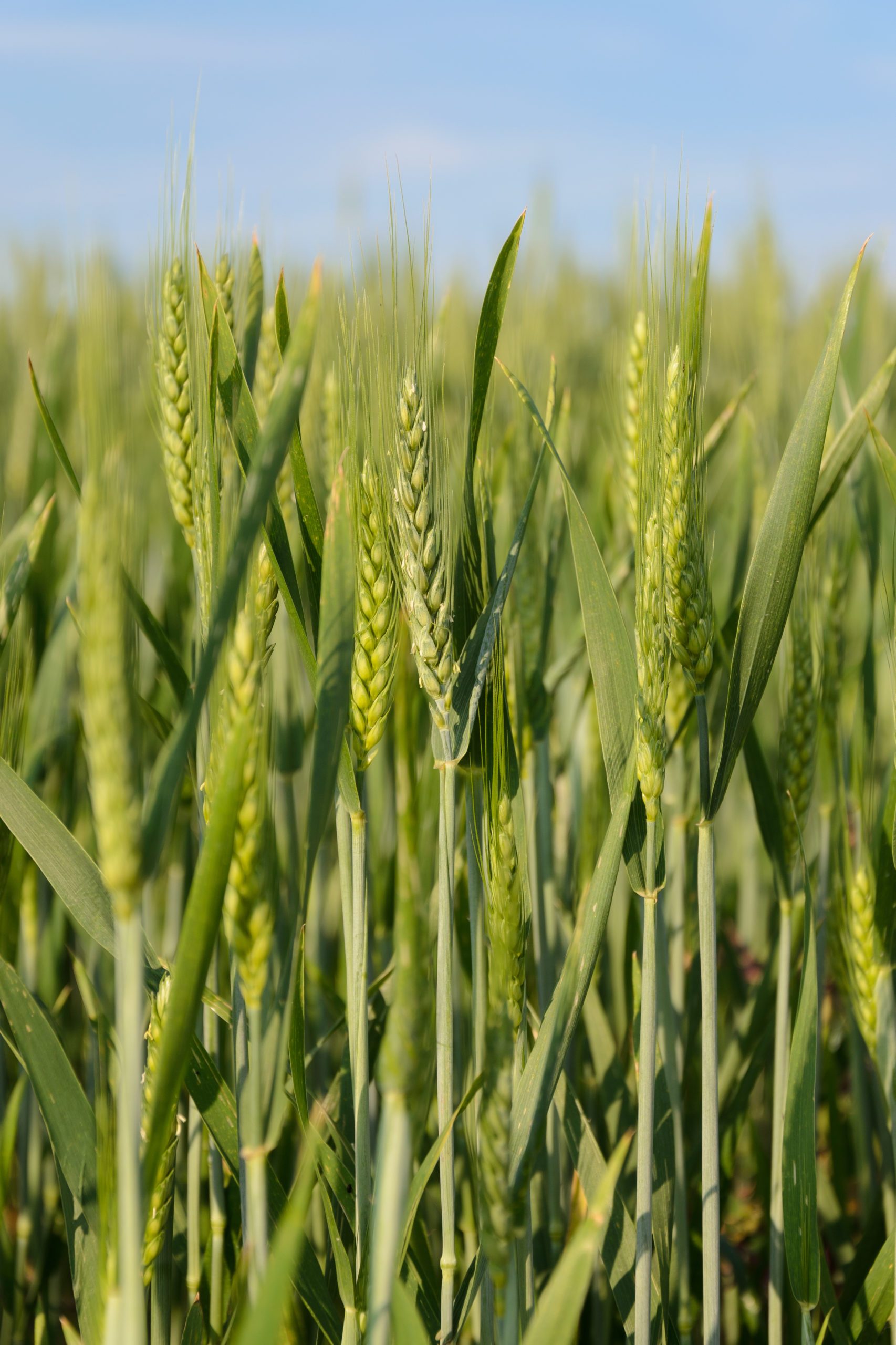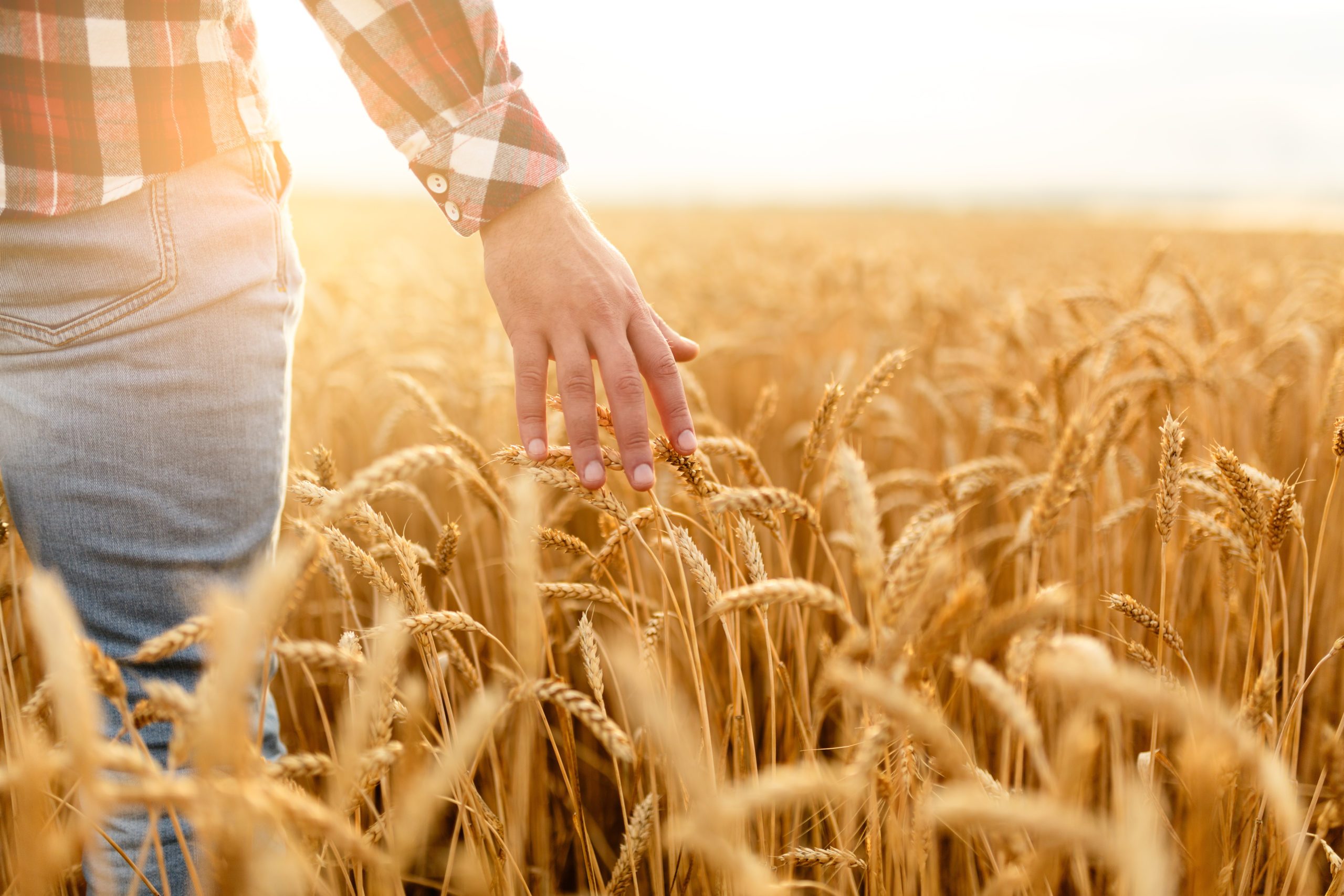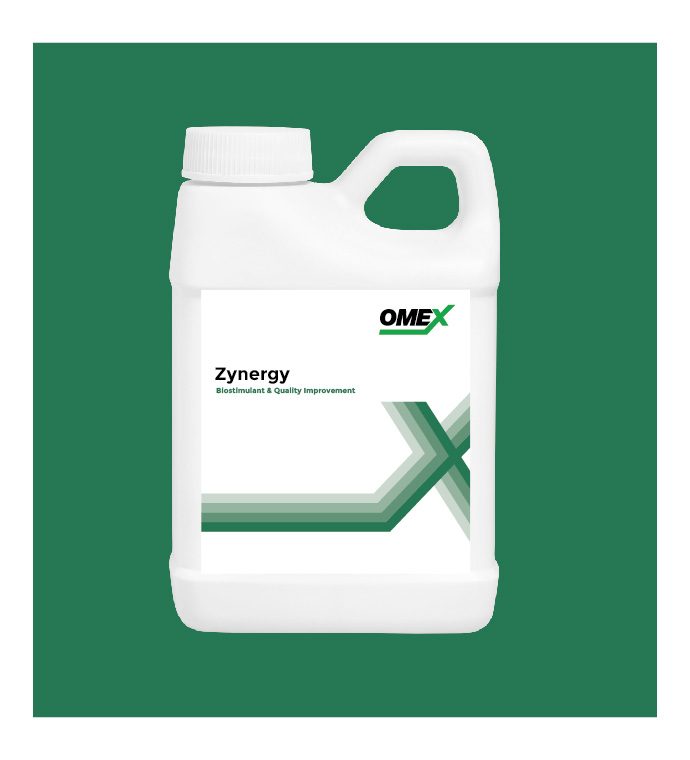Cereal Fertiliser and Crop Nutrition


UK Cereal Fertiliser and Crop Nutrition
The cereal crop is one of the most widely grown crops in the UK, with wheat, barley, oats, triticale and rye grown under the cereals umbrella. There are a number of growing situations from feed to milling, which OMEX has researched in detail to develop accurate and sustainable fertiliser and nutrition regimes for cereals.
If you have any questions, or you’re unsure about what is the right product for you, get in touch with our helpful team today!
Contact Our Team About Cereal Fertiliser
How much nitrogen fertiliser do cereals crop require?
Nitrogen is a key element for growing cereals crops, and is responsible for many functions within the growing plant. As a macronutrient it is key the cereal crop is supplied with the correct amount for healthy growth, particularly varieties grown for milling wheat.
Nitrogen can be accurately applied via liquid cereal fertiliser Nitroflo. Liquid fertiliser, such as Nitroflo, is applied directly where the cereal crop needs to uptake it, ensuring nitrogen as a key nutrient is supplied accurately, responsively and efficiently.
The nitrogen requirement of cereals crops differs by variety, growing expectations, yield requirement and financial premiums. Talk to us about the fertiliser rate for your cereal crop.
Get In Touch

When choosing your nitrogen fertiliser or NPK fertiliser it’s important to consider utilising an option that contains Sulphur. Sulphur is vital for the effective uptake of nitrogen fertilisers, and helps the plant utilise the urea element of the solution.
Nitrogen and Sulphur work together, with Sulphur acting as a growth regulator, balancing sugars and proteins essential for the growth of the cereal crop.

Cereals typically require approximately 60kg/ha SO3. However most of East Anglia and a large proportion of farms in the North East are at risk of sulphur deficiency, due to low soil reserves and minimal deposition from the air, meaning they’d require an adjusted rate.
Importance of Sulphur
Choosing base fertiliser for your cereal crop
When choosing your fertiliser regime for growing cereals it’s important to consult your RB209 and get in touch to discuss your growing aspirations with a FACTS qualified advisor.
Assessing the soil type and structure will also affect your fertiliser choice. Understanding the nutrient reserves within your soil will identify the indices of key nutrients such as phosphorus, potassium and sulphur and help you make sustainable fertiliser choices. OMEX offer soil analysis to support farmers making science-led agronomic decisions and to choose the best cereal fertiliser, you can learn more about booking soil sampling on your farm.
Liquid fertiliser for cereal crops
OMEX offer both liquid nitrogen plus sulphur fertiliser, Nitroflo and liquid NPKS range, Multiflo. Nitrogen, potassium, phosphorus and sulphur are key to growing healthy cereal crops. Cereal crops deficient in these key macronutrients are prone to deficiencies and stress.
Get In Touch To Find Out More About Cereal Fertiliser

The benefits of liquid fertiliser for cereal crops
Liquid fertiliser, both liquid nitrogen plus sulphur and liquid NPKS, have a range of benefits for the cereal crop:
- Liquid cereal fertiliser is applied directly where cereals require it
- Growing a sustainable cereal crops benefits from the precise nutrition liquid fertiliser offers
- Liquid fertiliser is applied right up to the field margin, ensuring each plant receives the full amount of nutrient required
- Milling wheat requires the optimum amount of nitrogen at the right stage to maximise protein levels
- Cereal crops grown for human consumption can utilise bio-fortification, ensuring each cm of crop receives the required nutrition
- There is no plastic bag disposal required when utilising Liquid Cereal Fertilisers
- Cereal crops supplied with liquid cereal fertiliser are able to instantly uptake the nutrition applied, unlike when granular fertiliser has been applied


Working Towards Sustainable Cereal Fertiliser
As the cereal industry moves toward producing in a more sustainable manner, we’re committed to helping cereal farmers on their journey towards a greener future. As part of our Greener Planet Commitment we’re dedicated to forming a sustainable supply chain and developing sustainable cereal fertiliser.
Our suite of management tools, R&D department and expert knowledge is improving Nutrient Use Efficiencies and helping to farm smarter. OMEX has been working with cereal farmers across the UK for almost 50 years and has conducted thousands of hours of research, helping to produce more efficiently and successfully.
There are many nutrients which play a vital role in the growing of cereal crops. If you’re unsure how to determine deficiency contact our expert team for support.
Contact Our TeamNutrients and Deficiencies in Cereal Crops
Sustainably Growing Cereals
OMEX is supporting farmers in growing cereals sustainably. From working on reducing the carbon footprint of the fertilisers we supply, to supporting farmers in improving efficiencies on-farm. The OMEX liquid fertiliser and crop nutrition system support a sustainable cereal production. Accuracy of the nutrients applied through a liquid system, no plastic packaging and the ability to only utilise the nutrients and fertiliser needed, compliment farmers sustainable goals.
Sustainability
-
Firstly, ensure you’re utilising soil and SAP analysis data to ensure you’re only applying fertiliser that’s needed by the crop, to achieve yield and financial goals. Reduction of unnecessary inputs will help you control the crops carbon footprint.
Secondly consider utilising DIDIN, a nitrification inhibitor, to both improve the efficiency of the fertiliser and reduce carbon footprint of nitrogen fertiliser applications. DIDIN has the potential to reduce carbon footprint by 500-700 kg/ha CO2e.
-
There are many areas you should consider when choosing which fertiliser is the most appropriate option. Start with understanding what your growing goals are, and what yield/financial goals the crop needs to meet.
Then, working with the soil, use your knowledge of past grown crops within the field, combined with an up to date soil analysis to accurately forecast the base fertiliser requirement. As the cereal crop reaches differing growth stages remain in contact with a FACTS qualified advisors to monitor how the crop is reacting to weather patterns, stresses and potential deficiencies.
Foliar applied cereal fertiliser can be utilised in many situations, to promote crop health, boost protein and remedy deficiency. Additional fertiliser applications should always follow a SAP analysis result, interpreted by an OMEX crop nutrition agronomist, to ensure you’re neither under or over applying nutrients.
-
Yes. Latest AHDB research has demonstrated foliar applied nitrogen is the most efficient method of boosting grain protein.
The research demonstrated foliar urea applications ( a form of foliar nitrogen) at GS73 consistently improved grain protein levels and baking quality to higher levels than soil applications of ammonium nitrate. Utilising Protein Plus +S will provide a protein increase of over 1% depending on growing conditions, which is vial in the management of class 1 milling wheat needing protein in excess of 13%.













